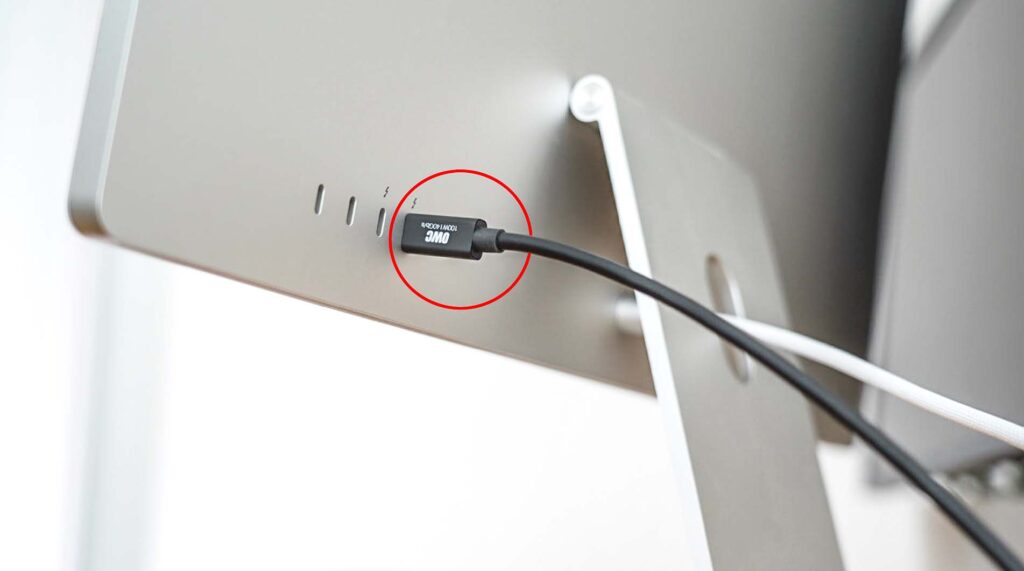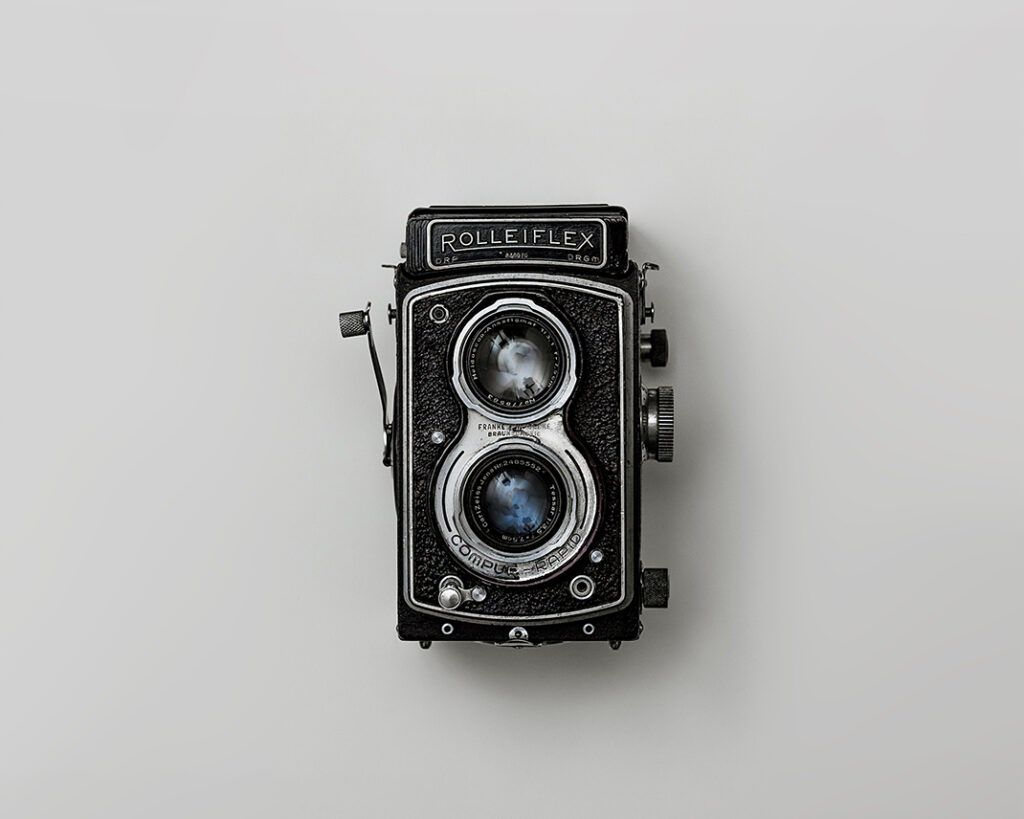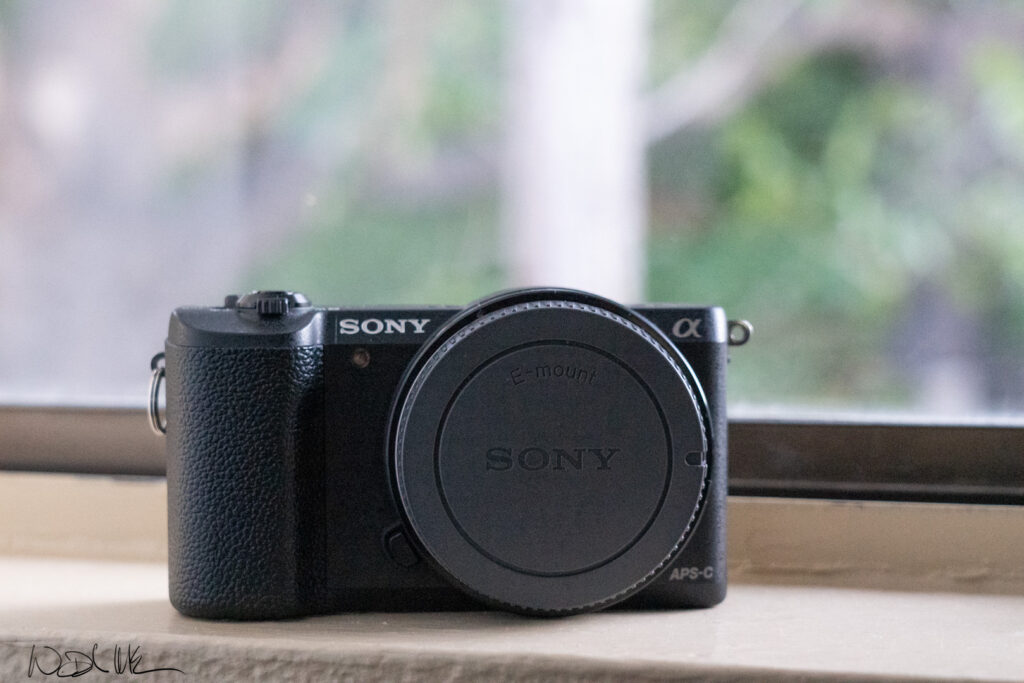After using my 24″ iMac for the last year, I love the small size, weight, image quality, and speed.
But the one problem I have with this iMac is the screen size. 24 inches isn’t that bad, but sometimes I miss my 5k iMac.
So why not add dual displays rather than a $1600 apple studio display?
A dual monitor setup can be much more affordable than any of the propriety displays that only work for apple and a second monitor doesn’t have to have the same quality.
In this post I’ll discuss different dual display options and what monitors are the most ergonomic and provide the best quality.
24″ vs 27″ monitors for photography

The difference between a 24″ and 27″ monitor for photography is significant, but most people viewing your work will most likely be viewing it on a smartphone.
If you have a high-megapixel camera you’ll definitely be able to see the quality on a 27″ screen. But do you need it?
Recently, I decided to give up my 45 MP Sony A7riii for the 24 MP Sony A7c. I’ve decided that the only person who can tell the difference between a high quality image and a low quality image is the person who took the image.
Most photographers want the absolute best image quality, but most images are viewed online or on social media.
Today it’s even difficult at an art gallery to tell the difference between a 100 and a 24 megapixel image. You’ll have the same experience viewing an image from an old 35mm camera and a 8×10 film camera.
Pixel density
That’s why I think the 24″ iMac display works for most people, especially with its pixel density. The 27 5k iMac is one of the best monitors I’ve ever used, and I can say the same for the apple studio display and the 27″ 5K LG ultrafine.
The problem is that all the apple 27″ 5k monitors come with a price hike, and there’s not a great quality 27″ monitor under $1000.
That’s why I recommend using the 24″ iMac as a dual monitor setup. It’s much more affordable, and the secondary display doesn’t need to be perfect.
How to setup the iMac with a second display
When setting up an iMac with dual displays, you should place the primary monitor directly in front of the user with the second display at a 30º angle.
If both displays are used equally, both displays should be the same size and positioned at an equal distance in front of the user.
This positioning reduces neck strain and fatigue by decreasing neck motion. Read more about dual monitor ergonomics here.
The best dual monitor setup for the 24-inch iMac
The best second monitor for the 24-inch iMac is the 4K 24” LG ultrafine, but any monitor with 1440p will work.
The 24” LG ultrafine monitor doesn’t have a native pixel density in 4K, so it actually appears better at 1440p.
I prefer the 24” LG ultrafine because it matches the color of the 4k iMac, and it can be used to change the screen brightness.
If you need a budget option, go for the LG 24QP500. This monitor has 1440p, an IPS panel, and it’s 1/4th the price of the 24″ LG ultrafine. You might be thinking it’s only 1440p, but the 4k resolution of the 24″ ultrafine doesn’t have a native resolution (retina). In other words, you’ll get more pixels per inch at 2560 x 1440 than you will at 4k.
The 24″ LG ultrafine isn’t even really 4k. It’s 3840×2160, whereas the 24″ iMac is 4,480 by 2,520.
Another reason to go with a lower quality second display is time. If most of your time is spent viewing the primary display, you don’t need a high quality second display.
You might also consider the 24” iMac with the 27” apple studio display. This dual monitor isn’t as unreasonable as you might think. I used this same setup with the LG 27” ultrafine, and it really wasn’t that bad as a second monitor. See the following paragram.
27-inch LG 5k Ultrafine vs iMac 24-inch
At first glance, I didn’t notice a huge difference between these monitors other than the obvious display size. The monitor height is about the same. While the LG ultrafine has a larger screen width, it matches well with the height of the 24” iMac.
The actual display is much less elegant than the 24″ iMac, but that doesn’t matter after viewing the crisp display with 5k resolution.
The LG ultrafine has the same screen brightness as the iMac (500 nits), but it appears slightly dimmer. I also noticed slight purple color fringing with the LG ultrafine and a slight green cast when compared to the iMac. This was only noticeable with careful attention to detail, and I don’t think this makes much of a difference unless you’re a colorist.
I also noticed that the LG ultrafine takes an extra second or two to respond when asleep, but it doesn’t glitch as much as the iMac in sleep mode. For some reason, I always have problems with iMacs in sleep mode, but I didn’t have this problem with the LG.
Just like the iMac, the LG ultrafine has speakers and a camera, but they’re slightly worse. Side by side, these displays really weren’t that bad for video editing, photography, writing blog posts, and doing research.
Apple studio display and iMac dual monitor setup
The 27″ apple studio display and 24” iMac go together quite well. They both have the same display height, and the viewing angles are great for dual display ergonomics.
If you’re going for the ultimate desk setup, the apple studio display paired with the 24” iMac would make this setup look a lot more elegant and pair with you mac seamlessly.
Summary
Using a second monitor with an iMac can be a great way to make you more effecient with any task. After my extended period using the 24-inch iMac, I’ve decided that the 24″ screen size works great for every day tasks, but I prefer a 27″ display for photography and video editing.
That’s why I think that using a 27″ display as your primary monitor and the iMac as a second monitor is a great use of dual monitors, but I think most people will be just fine with dual 24″ displays.
I hope you found this post to be helpful. Subscribe below and be sure to check out my youtube channel.




